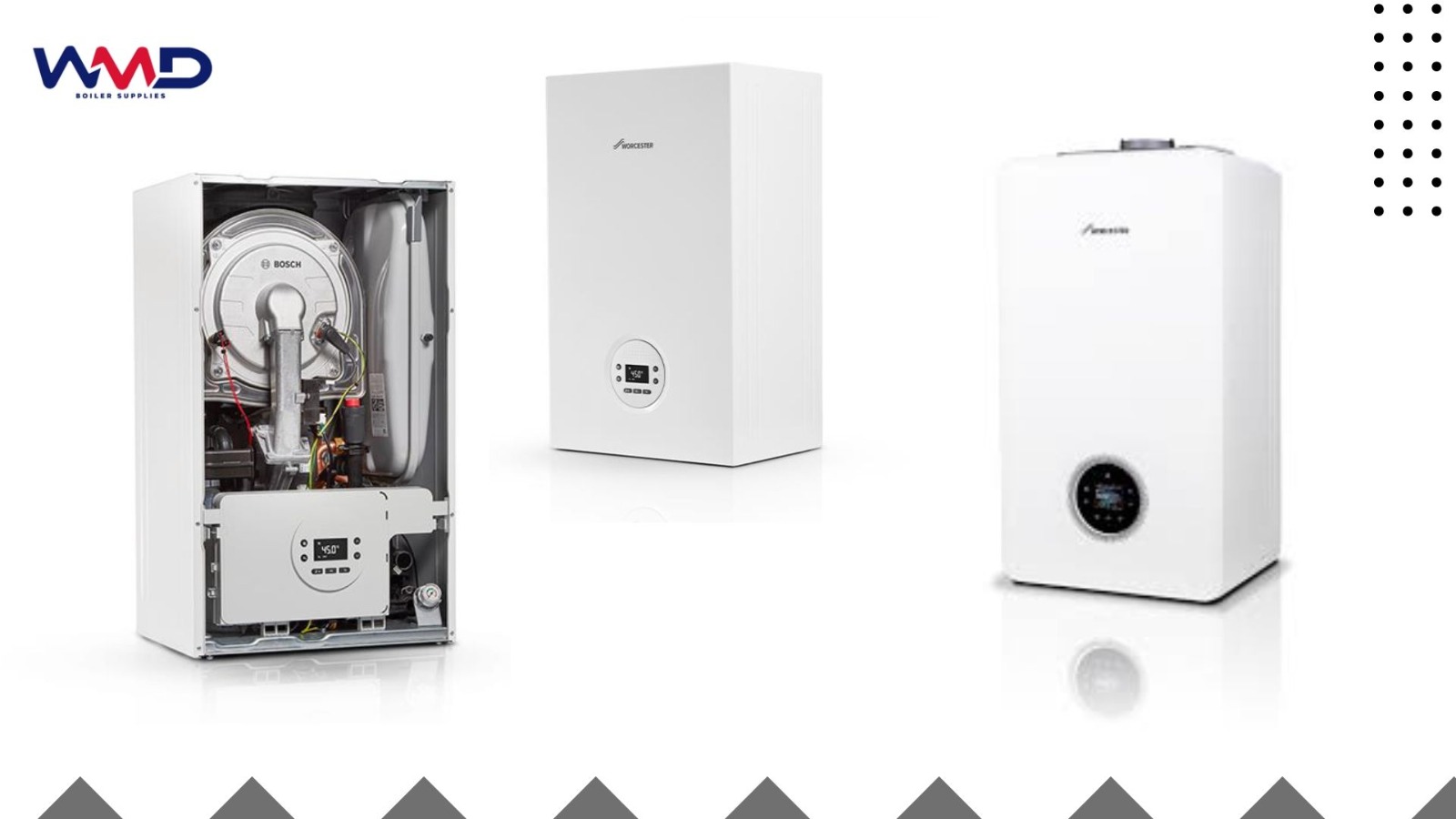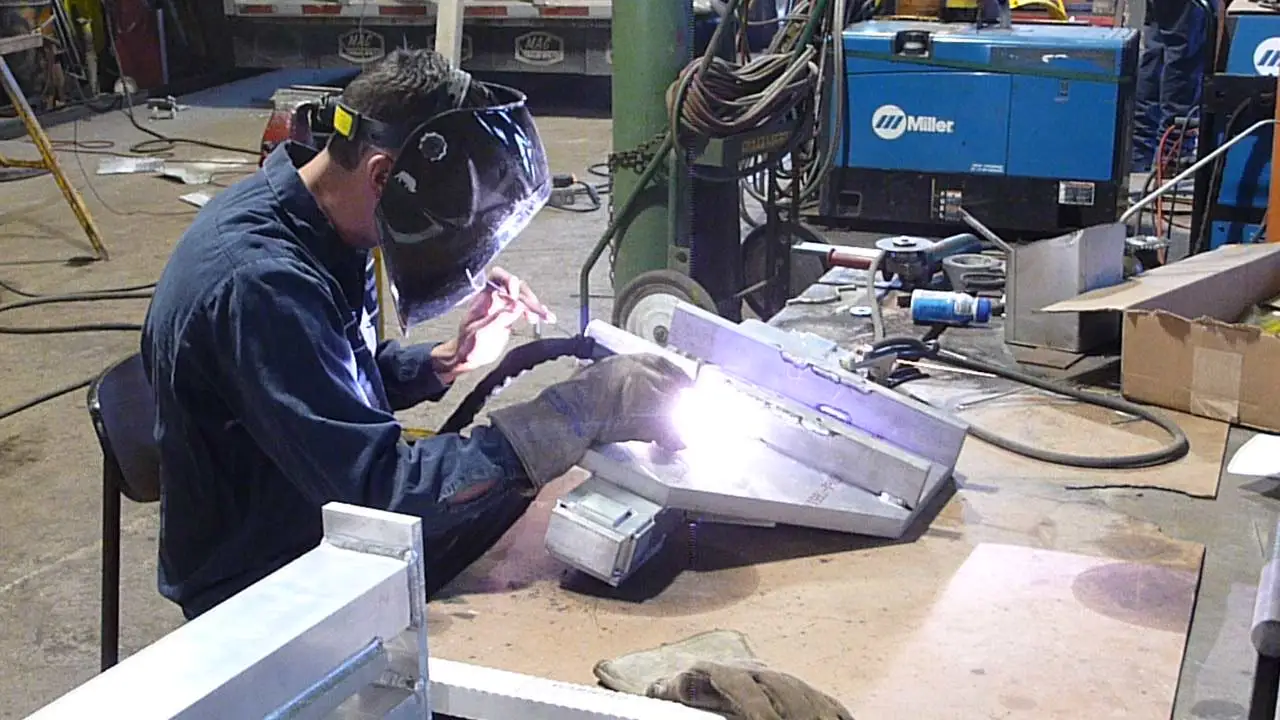Flue accessories are vital components in heating systems, playing a significant role in ensuring efficiency, safety, and compliance with UK regulations. This comprehensive guide provides an in-depth look at various flue accessories, their functions, and the considerations one must keep in mind when selecting them. Whether you’re a homeowner, installer, or business owner, understanding flue accessories will help you make informed decisions to maintain and enhance your heating system.
Understanding the Basics of Flue Systems
Flue system are crucial in expelling combustion gases produced by heating appliances like boilers, stoves, and fireplaces. These gases must be safely directed outside to prevent indoor pollution, which is why a well-designed flue system is essential. Here, we’ll discuss the primary functions of flues, the types of flue systems, and the importance of flue accessories.
What Are Flue Accessories?
Flue accessories include components and tools that support, protect, or enhance the functionality of a flue system. These can range from brackets and cowls to liners and seals. Each accessory plays a specific role in maintaining safety, improving efficiency, and extending the lifespan of the flue system.
The Importance of Flue Accessories for Boiler Safety and Efficiency
For a boiler or any heating system to operate safely, it’s essential that all parts of the flue system are in good condition and compatible. Flue accessories help to:
- Direct dangerous gases safely outside.
- Protect the flue system from external elements.
- Reduce heat loss and improve energy efficiency.
Types of Flue Accessories
Several flue accessories are available, each serving different purposes within a heating system. Below is an overview of the main types of flue accessories commonly used in the UK.
1. Flue Liners
Flue liners are essential for ensuring that combustion gases are channeled efficiently and safely. They provide a smooth, corrosion-resistant surface that helps prevent leaks. Types of flue liners include stainless steel liners, clay tile liners, and flexible liners, each suited for different heating systems.
2. Flue Terminals and Cowls
Flue terminals and cowls sit at the top of the flue, allowing gases to escape while preventing rain, debris, and birds from entering. Terminals also regulate the airflow and protect against downdraughts, which can cause fumes to flow back into the home.
3. Brackets and Supports
Brackets and supports are essential for securing flue pipes, particularly in multi-story buildings. Properly mounted brackets maintain the flue’s stability, reduce vibration, and enhance the overall lifespan of the system.
4. Draught Stabilizers
Draught stabilizers are used to control airflow in the flue system. By regulating the draught, they ensure that combustion occurs efficiently, which prevents fuel wastage and minimizes environmental impact.
5. Flashings and Seals
Flashings and seals create watertight connections where the flue passes through the roof. They prevent water ingress, which can lead to damage and reduce the efficiency of the flue system.
Choosing the Right Flue Accessories
When choosing flue accessories, it’s essential to consider factors like compatibility with the existing heating system, local regulations, and your specific heating needs.
Compatibility with Boiler Types
Different types of boilers, including combi boilers, heat-only boilers, and electric boilers, may require specific flue accessories. Always consult a heating specialist to ensure that the accessories chosen are compatible with your boiler type.
Compliance with UK Regulations
The UK has strict regulations regarding flue installations and maintenance to ensure safety. Make sure all flue accessories meet British Standards (BS EN) and Building Regulations. This compliance ensures that your flue system is safe and efficient.
Considering Climate and Location
Weather conditions and the building’s location can impact flue performance. Coastal areas, for instance, may require corrosion-resistant materials. Always consider these factors when choosing flue materials and accessories to ensure longevity.
Installation and Maintenance of Flue Accessories
Proper installation and regular maintenance of flue accessories are essential to ensure safety and efficiency. Here are key practices to keep in mind:
Installation Guidelines
- Professional Installation: Hire a qualified technician to ensure the correct installation of flue accessories.
- Follow Manufacturer Instructions: Each accessory comes with guidelines from the manufacturer; adhere to these to prevent mishaps.
- Seal All Connections: Proper sealing of joints and connections minimizes the risk of leaks and maximizes efficiency.
Routine Maintenance
Regular inspections help in identifying any wear or damage early. Key steps in maintenance include:
- Cleaning the Flue and Accessories: Accumulated soot or debris can obstruct gas flow.
- Inspecting for Corrosion: Check metal parts for signs of rust or corrosion.
- Replacing Worn Parts: Any damaged accessories should be promptly replaced.
Benefits of Using Quality Flue Accessories
Investing in quality flue accessories has several benefits, from enhanced safety to energy savings.
Enhanced Safety
A well-maintained flue system reduces the risk of carbon monoxide leaks, which is crucial for the health and safety of occupants.
Improved Efficiency
Quality accessories, such as well-insulated flue liners and draught stabilizers, improve the efficiency of the heating system, leading to lower energy bills.
Increased System Longevity
Using durable, compatible accessories helps prevent wear and tear on the heating system, extending its lifespan.
Cost of Flue Accessories
The cost of flue accessories varies widely depending on material, quality, and specific requirements. Here’s an overview of typical price ranges:
Budget-Friendly Options
For basic requirements, budget-friendly flue accessories such as cowls and basic brackets may suffice. However, they may lack advanced features.
Mid-Range Options
Mid-range options offer better durability and some added features. Many stainless steel liners and anti-downdraught cowls fall within this range.
Premium Accessories
Premium flue accessories are made from high-quality materials and come with additional features like advanced corrosion resistance and noise reduction.
Common Flue Accessories for Boilers in the UK
Different boiler systems require specific types of flue accessories. Here’s a look at some of the most common types:
Combi Boilers
Combi boilers are popular for their space-saving design. They typically require:
- Condensate traps: To safely drain condensate.
- Anti-downdraught cowls: To prevent gases from re-entering the boiler.
Heat-Only Boilers
These traditional boilers often require more extensive flue systems, including:
- Draught stabilizers: For controlled airflow.
- Extended flue liners: For compatibility with larger systems.
Electric Boilers
Electric boilers require minimal flue accessories since they don’t produce combustion gases. However, some installations still benefit from:
- Basic vent cowls: For ventilation.
- Protective flashings: To prevent water ingress.
How to Buy Flue Accessories in the UK
When purchasing flue accessories, consider online options as well as local suppliers to compare prices and availability.
Online Stores
Several online platforms specialize in flue accessories, providing a wide range of products with convenient delivery options.
Local Plumbing and Heating Suppliers
Local suppliers offer the advantage of personalized service, allowing you to consult experts about specific requirements.
FAQs About Flue Accessories
1. Why are flue liners necessary for gas boilers?
Flue liners protect the chimney or flue walls from corrosion and ensure safe exhaust of gases. They’re crucial in preventing leaks and maintaining efficiency.
2. How often should flue accessories be maintained?
It’s recommended to inspect and clean flue accessories annually or whenever you service the boiler to ensure optimal performance.
3. Can I install flue accessories on my own?
While some accessories may be straightforward to install, it’s always best to hire a qualified professional to avoid mistakes and ensure compliance with regulations.
4. Do electric boilers need flue accessories?
Electric boilers don’t produce combustion gases, so they need fewer flue accessories. However, ventilation and water-resistant flashings may still be necessary.
5. What is a draught stabilizer, and do I need one?
A draught stabilizer helps control airflow in the flue, improving efficiency and preventing fuel wastage. They’re especially beneficial for heat-only and solid fuel boilers.
6. Are stainless steel flue liners worth the cost?
Yes, stainless steel liners offer excellent durability and resistance to corrosion, making them a worthwhile investment for long-term use.
Conclusion
Flue accessories are essential for maintaining the efficiency, safety, and longevity of heating systems. Whether you’re using a combi, heat-only, or electric boiler, investing in quality flue accessories and performing regular maintenance will ensure optimal performance. This guide has covered the key aspects of flue accessories, helping you make informed decisions and maintain a safe heating environment.



